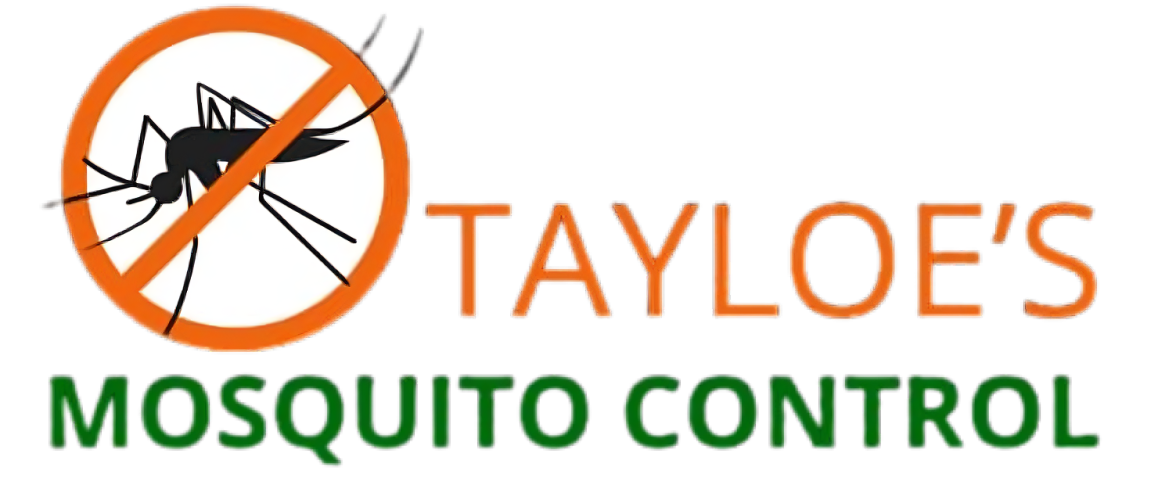Eastern Equine Encephalitis
Home > Eastern Equine Encephalitis
Mosquitoes and Eastern Equine Encephalitis
EEE is a concern in the eastern United States.
Eastern Equine Encephalitis (EEE) is a rare but potentially severe mosquito-borne virus affecting humans, horses, and birds. Spread primarily by Culiseta melanura mosquitoes, EEE can cause severe neurological symptoms and even be fatal in some cases. Understanding the risks of EEE, its symptoms, and how to prevent mosquito bites is essential for protecting yourself and your family.


HOW IT WORKS
How is Eastern Equine Encephalitis Transmitted?
Eastern Equine Encephalitis is transmitted through the bite of an infected mosquito. Mosquitoes become carriers after biting infected birds, which serve as the primary host for the virus. Once a mosquito is infected, it can transmit EEE to humans, horses, and other mammals.
01
Mosquito Species Involved
In Northeastern North Carolina and the U.S., Culiseta melanura mosquitoes are the primary vectors for EEE. These mosquitoes breed in freshwater swamps and are most active during the warmer months.
02
Transmission Cycle
EEE is primarily maintained in bird populations, but mosquitoes can pass the virus to humans and horses through bites. Human-to-human or horse-to-human transmission does not occur.
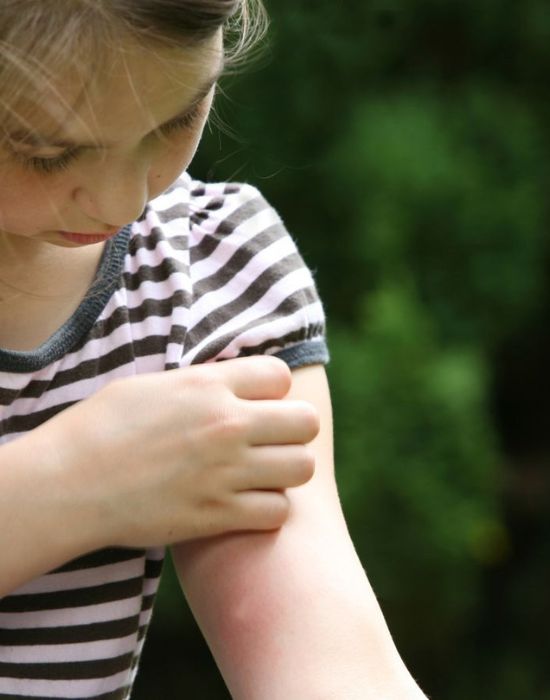

Symptoms of Eastern Equine Encephalitis
The CDC reports that although EEE in humans is rare, it’s still a growing concern, primarily in the eastern United States.
While many people infected with EEE may not experience symptoms, severe cases can lead to serious neurological complications.
Here are the EEE symptoms to look out for:
These flu-like symptoms may be mild and resolve within a few days.
Severe Symptoms (Rare but Serious)
In some cases, EEE can lead to severe encephalitis (inflammation of the brain), which can result in:
Severe cases of EEE can cause permanent brain damage, and approximately 30% of people with severe symptoms die from the illness. Survivors may experience ongoing neurological issues.
The best way to prevent EEE is to avoid mosquito bites. Here are some key ways to protect yourself and your family:
Tayloe’s Mosquito Control
Prevention of Eastern Equine Encephalitis
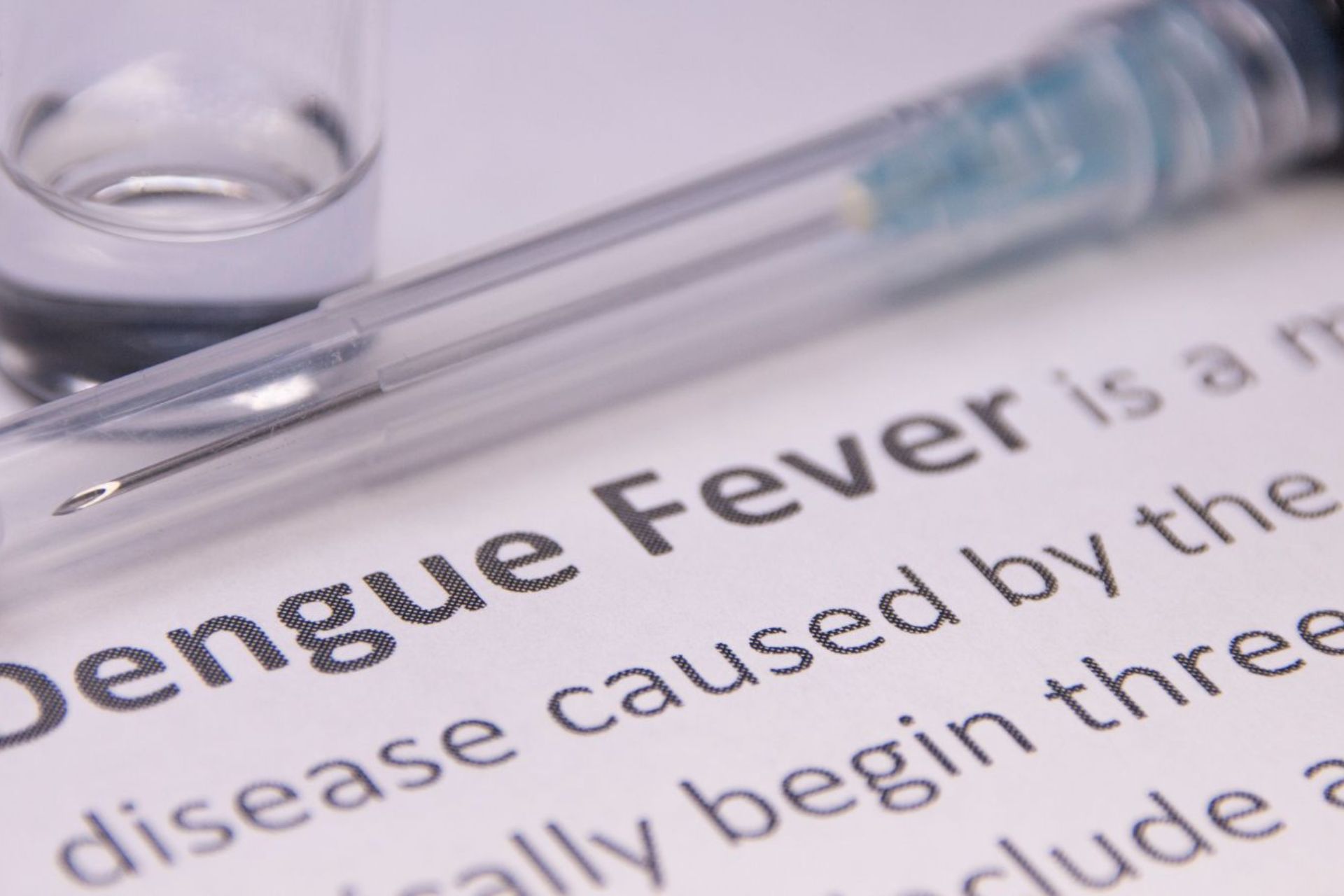
Mosquito Control Treatments

Eliminate Standing Water

Use Repellents
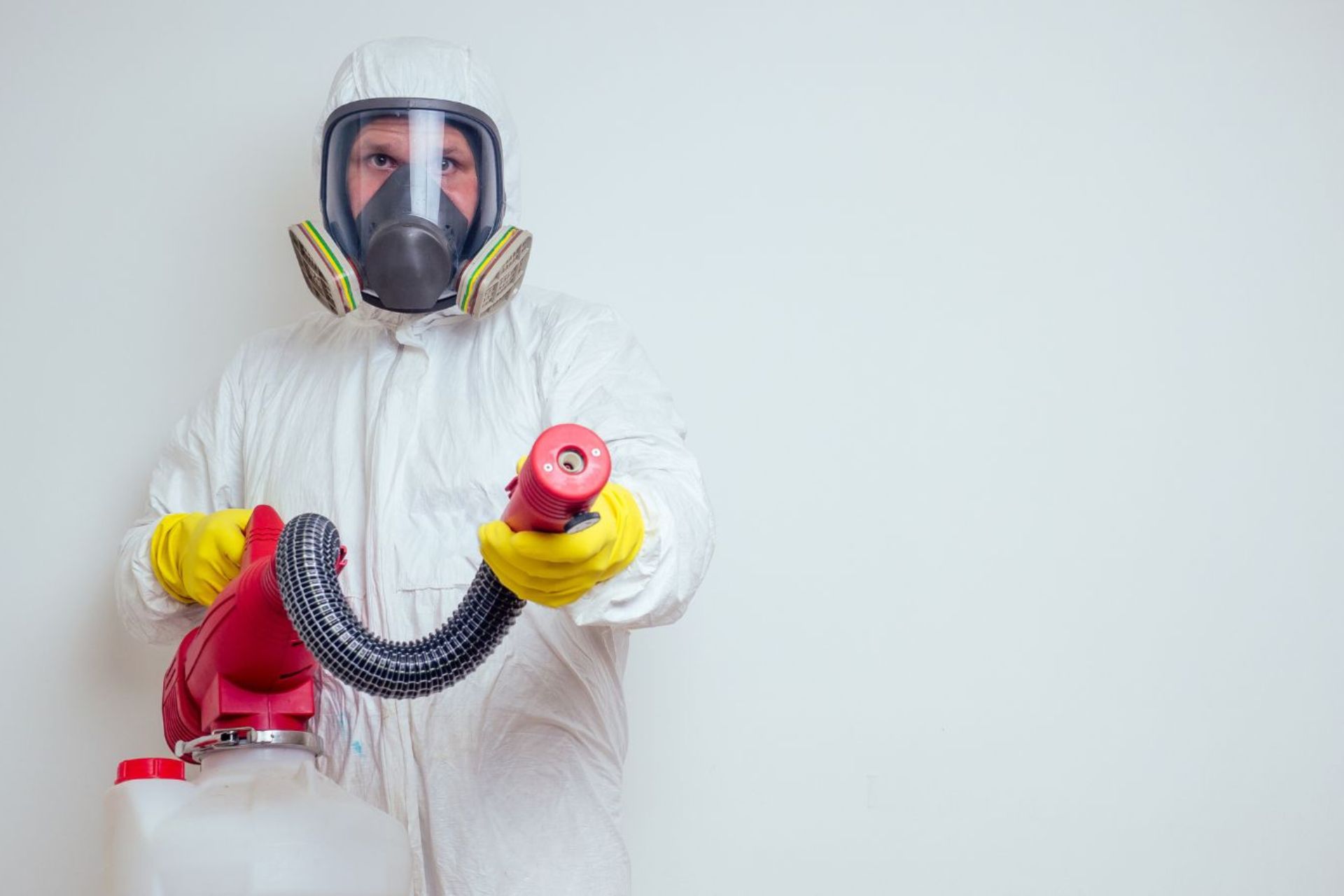
Wear Protective Clothing
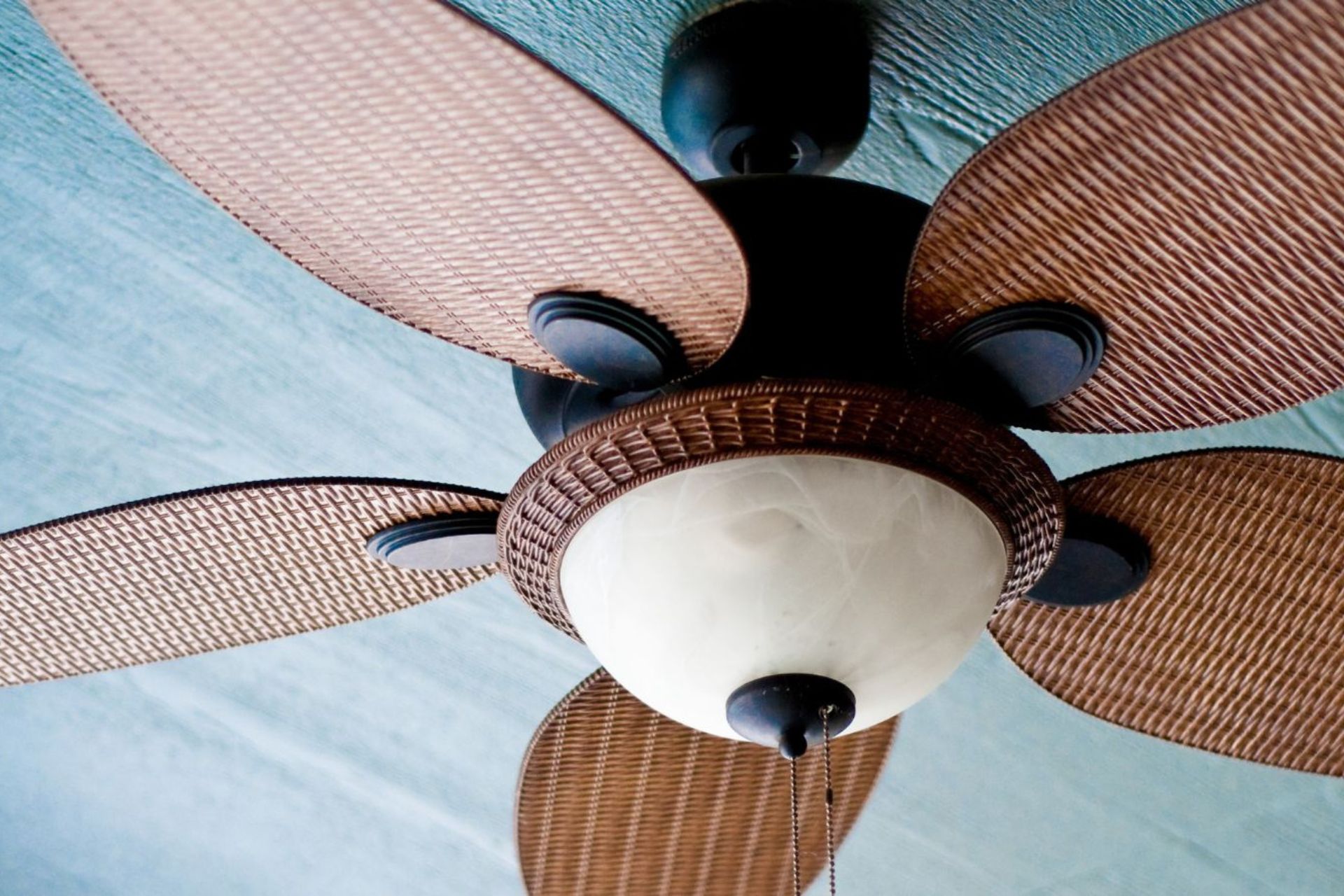
Install Outdoor Fans


Tayloe’s Mosquito Control
Why Mosquito Control is Essential to Minimize the Risk of EEE
Reducing mosquito populations is critical to minimizing the risk of EEE. Our professional mosquito control treatments reduce mosquito numbers and target breeding grounds, ensuring long-term protection. By taking proactive steps, you can protect your outdoor spaces from mosquitoes and the potential danger of EEE.
Eastern Equine Encephalitis is dangerous, but with the proper precautions and mosquito control, you can significantly reduce your risk of exposure. Contact us today for a free estimate, and let us help safeguard your yard against mosquitoes and the threat of EEE.
Disclaimer: At Tayloe’s Mosquito Control, we zap mosquitoes, not viruses! The information provided here is for educational purposes only, so if you feel like your brain is working extra hard (in a bad way), consult a healthcare professional ASAP. As far as skeeters go, we’ve got you covered, but we’ll leave that medical stuff to your doctor!
